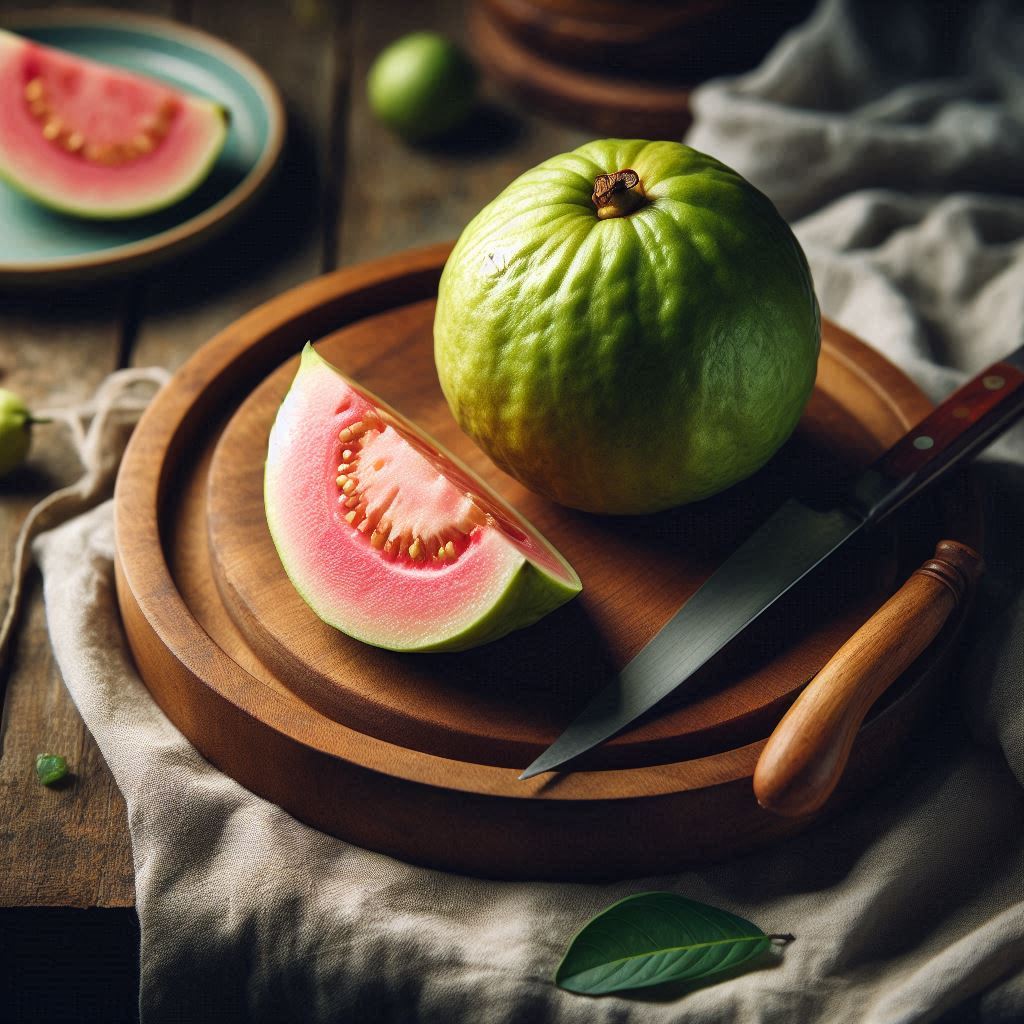From Seedling to Sweetness: Growing Guavas at Home
Guava plants: easy to care for, resistant to pests & diseases. Thrive in full sun, adaptable to various soils. Blooms in spring or year-round in mild climates. Perfect flowers with self-pollination or aided by bees.
Guava plants have average water needs and should be watered when the top 3 cm of soil has dried out to prevent overwatering and root rot. Fertilization should be done once in the spring, using a balanced fertilizer to promote healthy growth and fruit production. Pruning is essential and should be done every 2 months during the growing season to shape the plant, remove dead or diseased wood, and improve air circulation and sunlight penetration. The best times to plant guava are in spring or autumn, 
temperatures and favorable conditions help the roots establish well. For propagation, guava can be grown from cuttings, by taking semi-hardwood cuttings and rooting them in well-draining soil, or by layering, which involves bending a low branch to the ground, covering a portion with soil, and allowing roots to develop before transplanting.
Guava is super easy to take care of, with resistance to almost all pests and diseases, making it a perfect option for gardeners with brown thumbs. It thrives in full sun and can tolerate temperatures as low as -7 °C. Guava plants are adaptable to various soil types, including clay, loam, and sand, as long as the soil is well-drained and ranges from slightly acidic to neutral.
Watering and Fertilization: Guava plants have average water needs, but it's crucial to keep the soil evenly moist, allowing the top 2 or 3 inches to dry out before watering again. During the summer months, weekly watering may be necessary for young plants to support healthy growth and prevent excessive fruit drop. Additionally, fertilization is key to promoting healthy growth and fruit production. Use a balanced fertilizer, such as a 5-5-5 nutrient ratio, applied once in the spring and monthly thereafter for optimal results.
Pruning and Spacing: Regular pruning is essential for shaping the plant, removing dead or diseased wood, and improving air circulation and sunlight penetration. Prune every 2 months during the growing season for best results. When spacing guava plants in your garden, consider the mature size of the tree and plant them 15 to 25 feet apart to allow ample room for growth and ensure proper air circulation and sunlight exposure.
Planting Time and Propagation: The best times to plant guava are in spring or autumn when temperatures are moderate, allowing the roots to establish well. Guava plants can be propagated from cuttings or layering. Take semi-hardwood cuttings or bend a low branch to the ground, cover it with soil, and allow roots to develop before transplanting.
Climate Considerations: Guava plants can be grown in both humid and dry climates, with an optimal temperature range of 20°C to 30°C. However, they may bloom throughout the year in mild climates. Ensure adequate sun exposure for optimal growth, but protect plants from frost and cold weather by covering them with a plant blanket or constructing a frame with clear plastic sheeting. Consider adding a string of electric lights for added warmth during colder periods.
Pollination and Flowering: Guava trees produce perfect flowers with both male and female parts, facilitating self-pollination. However, they primarily rely on honeybees for pollination. In areas with limited bee activity, hand pollination may be necessary to ensure fruit set. To enhance fruit production and duration, spray the guava tree with a 5% solution of urea mixed with a wetting agent just before flowering, followed by watering after the spray dries.
By following these guidelines, you can successfully grow guava plants in your backyard and enjoy a continuous harvest of delicious fruits. Whether you're a novice gardener or have a green thumb, guava plants are a great addition to any garden, offering both beauty and bounty.
Also Read: Dive into the world of pomegranates with our comprehensive guide!
